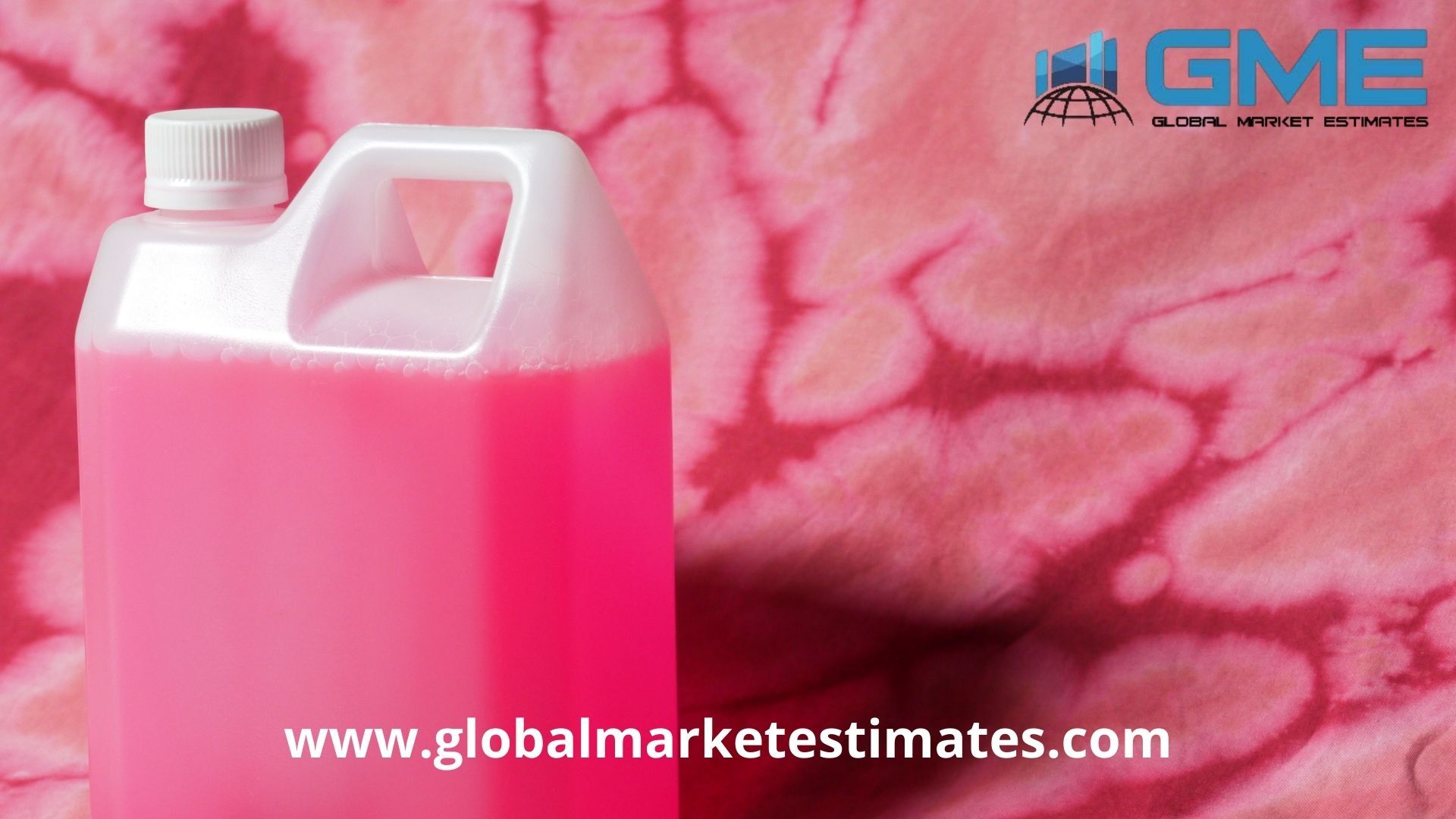The Global Bleaching Agents Market is forecasted to record a growth of 6.1 percent between 2020 and 2026. These products are most commonly used in cheese, flour, and other bakery products. Innovation in this market is driving the manufacturers to come up with a better product, that is also environment-friendly. End-user applications of the global bleaching agents market include various sectors, such as construction, textile, and paper & pulp industries.
Some of the prominent manufacturers of the global bleaching agents market include Hawkins, Inc., Gujarat Alkalies and Chemical Limited, Siemer Milling, Spectrum Chemicals, Supraveni Chemicals, PeroxyChem, Engrain, Ashland, Arkema, Christeyns, Aditya Birla Chemicals, Unilever, Procter & Gamble, among others.
The market is driven by the implementation of strict environmental regulations for the promotion of environmentally-sustainable products. In 2018, Jack and Jones, a denim manufacturing company, collaborated with CHT Group, a textile chemical producing firm, intending to remove hazardous bleaches from its jeans. They launched a new organic bleach for the purpose. Moreover, industrial activities in China and India have led to water contamination. The need for wastewater treatment will positively boost the global bleaching agents market.

An important restraint on the growth of the global bleaching agents market comprises the related health issues. Damage to skin, eyes, and lungs, resulting from the bleaching agents may lead to governmental restrictions on market growth in the upcoming years. Demand for green products has expanded resulting in the development of environmentally-sustainable products, including, pine oil, hydrogen peroxide, and phenolic disinfectants as opposed to the chemical bleaching agents.
Based on product type, the Global Bleaching Agents Market is dominated by chlorine-based agents. These products are mostly used as a disinfectant and as a laundry cleaning product for destroying germs. Bleaching agents are also used in cleaning swimming pools, freeing them of water-borne germs. This helps prevent users from diseases, like, diarrhea, swimmer’s ear, and so forth.
Based on application, the segment of water treatment holds the largest market share and is likely to grow at 5.5 percent between 2020 and 2026. The market is likely to grow due to rapid industrialization and urbanization in developing nations, like, India, Indonesia, and Myanmar have caused water contamination. This trend has propelled the demand for cleaning wastewater, boosting the demand for bleaching agents.
Lastly, the Asia-Pacific (APAC) region dominates the global bleaching agents market. The growth of this segment is mostly attributed to the expansion of demand for hydrogen peroxide within the paper & pulp industry in India and China. With growing applications for printing digital pictures, flex printing, social books, and so forth, the global bleaching agents market will be expanding.
Check the Report Summary at Global Bleaching Agents Market Size, Trends & Analysis with COVID-19 Impact - Forecasts To 2026
